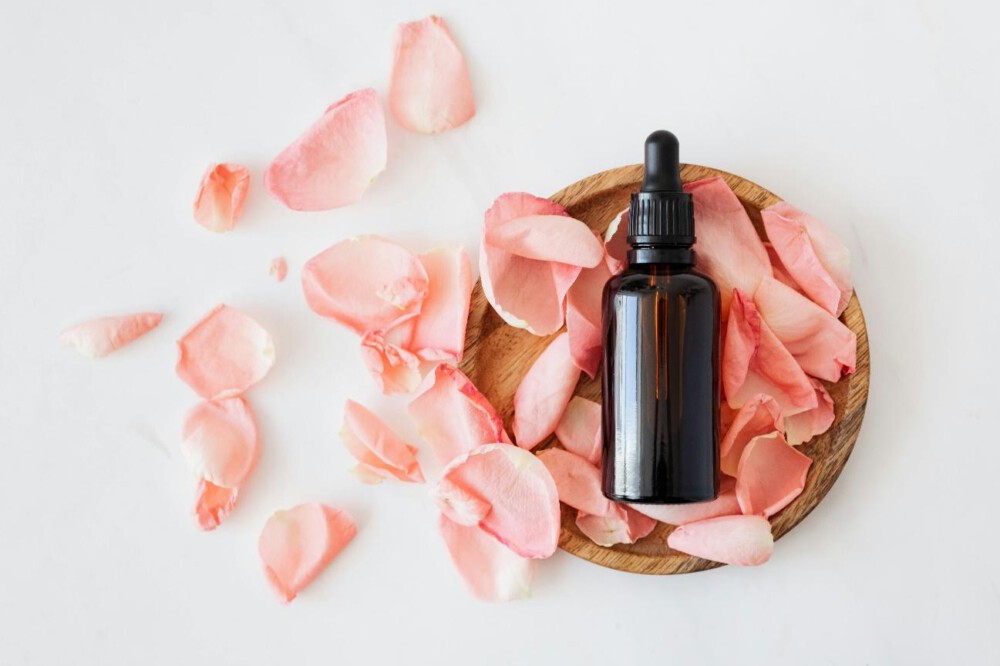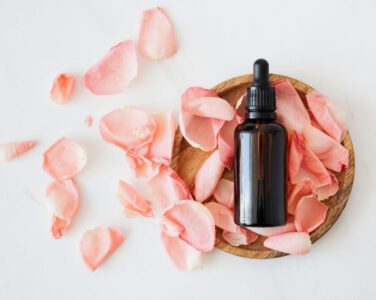The recent publication of Regulation (EU) 2023/1545 on the labelling of fragrance allergens in cosmetics has raised many questions in the sector. In this article we want to clarify some issues that could cause confusion, among them, what is the definition of allergens, what are the implications of the new regulation on the labelling of cosmetic products and the timeframe for implementing these changes.
WHAT ARE ALLERGENS?
Allergens are defined as any substance that our body identifies as foreign and, as a defence mechanism, starts a cascade of biochemical processes leading to allergic reactions.
Any substance can trigger allergic reactions, whether they are of natural or synthetic origin. In cosmetic products, most sensitising substances are mainly found in fragrances and essential oils used to enhance the scent of the formula and improve the olfactory experience of the consumer.
When cosmetic allergens come into contact with the skin, they can trigger an allergic reaction in some individuals sensitive to these substances, leading to allergic contact dermatitis.
HOW TO RECOGNISE ALLERGENS IN OUR COSMETICS?
 In order to ensure consumer safety, manufacturers of cosmetic products are obliged to inform about the presence of allergens in the list of ingredients declared on the labelling.
In order to ensure consumer safety, manufacturers of cosmetic products are obliged to inform about the presence of allergens in the list of ingredients declared on the labelling.
The European Commission in Regulation (EC) 1223/2009 recognises a number of sensitising substances (allergens) which are listed in Annex III, and which must be declared on the labelling if their concentration exceeds certain limits.
In the case of leave-on cosmetic products, allergens above or equal to a concentration of 0.001% must be declared on the labelling. For rinse-off cosmetic products, allergens above or equal to a concentration of 0.01% must be declared on the labelling.
Up to now, 24 allergens had to be declared, following the banning of the substances LYRAL and LILIAL.
WHAT IS NEW IN THE NEW REGULATION?
In 2023, one of the biggest regulatory developments was the update of the list of allergens in cosmetic products. The European Commission, following the proposal of the Scientific Committee on Consumer Safety (SCCS), decided to extend the list of allergens that must be declared, adding 55 new substances.
As a result, following the extension of the list, the number of allergens that must be declared on the labelling of cosmetic products has increased from 24 to 79.
However, the minimum levels for the declaration of allergens on the labelling remain the same as now. That is, 0.001% for leave-on products and 0.01% for rinse-off products.
WHAT ARE THE DEADLINES FOR IMPLEMENTING THE NEW LABELLING?
The second quarter of 2023 was set as the date for implementing the new Regulation 2023/1545. Industry will have a transitional period of 3 years, until 2026, to redesign and adapt their product labels according to the new legislation.
In 2028, all products that do not comply with the labels according to the new allergen labelling regulation have to be withdrawn from the market.
In conclusion, cosmetic companies are facing one of the biggest regulatory changes in cosmetics in the last decade and must be prepared to manage the changes in labelling and product formulations in the best possible way.


